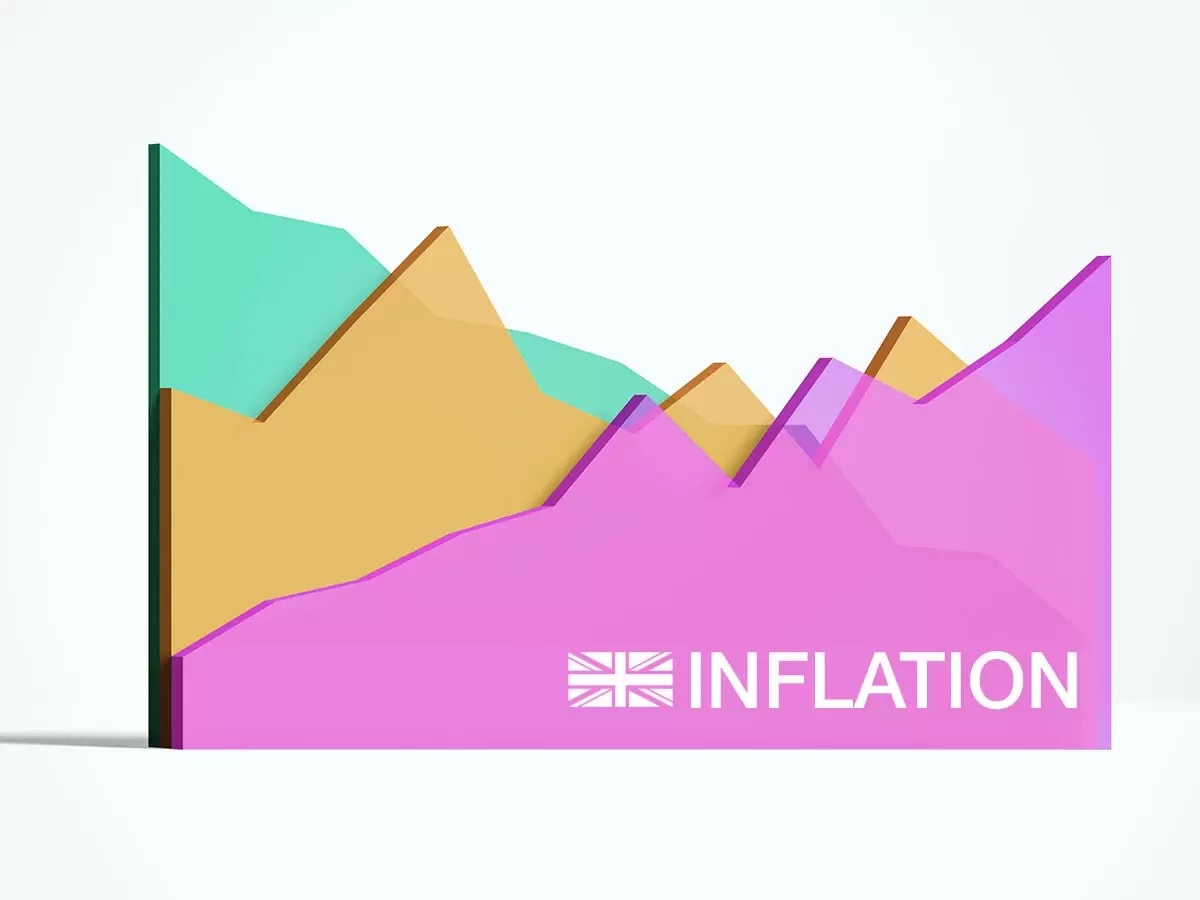Inflation is when prices of goods and services rise in an economy, meaning it takes more currency to buy the same things. It’s associated with positive interest rates as central banks tend to hike interest rates in an effort to combat excessive inflation. Some inflation is quite common. Prices, which are measured by the consumer price index (CPI), tend to rise a percent or two per year in many countries.
If investors make returns that are higher inflation, then they are making a real rate of return and inflation is not eroding their capital. If their investing strategies make less than inflation — for example, they make 0.25% in a savings account, and inflation is 2% — then their capital is eroded and they are losing purchasing power in real terms.
Inflation isn’t bad, and it can be beat over the long run with certain types of investments. Hyperinflation, which is rapidly rising prices, typically of 50% or more per month, is a more severe situation but is extremely rare in developed countries over the last 100 years.
Inflation occurs because prices chase money supply. Increasing money supply creates inflation. Central banks play a role in this by pumping money into the economy during times of economic stress. They do this to help avoid a financial collapse, but at that same time, that money being pumped in can create inflation over time.
Inflation is a fact of life much of the time. Next, we’ll look at how to invest to stay ahead of inflation, and how inflation affects those investments.

















